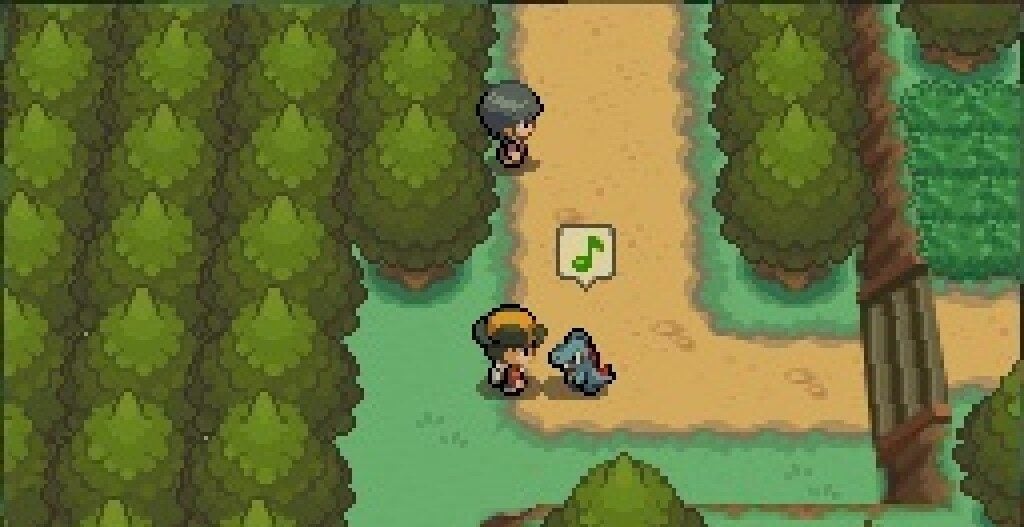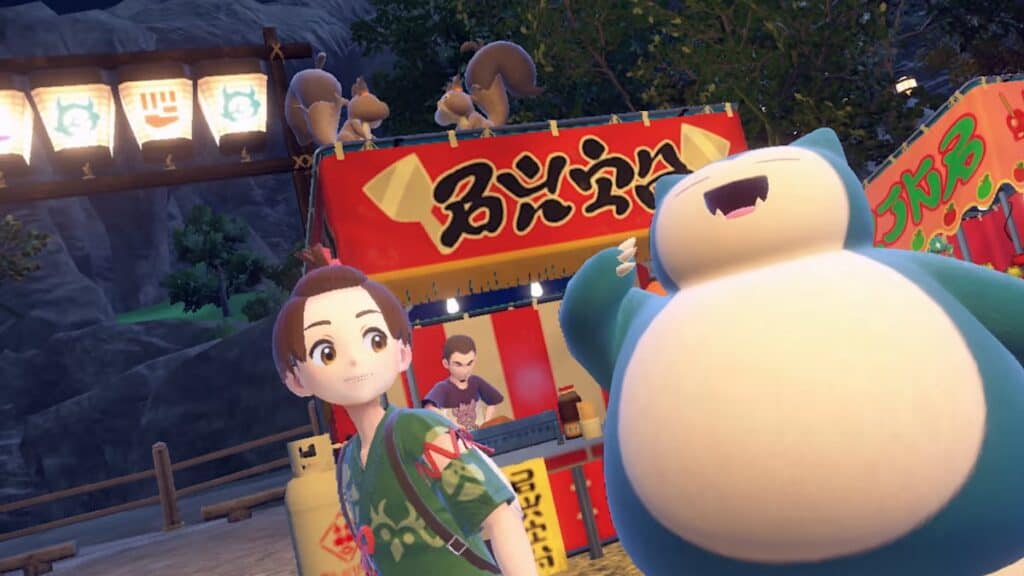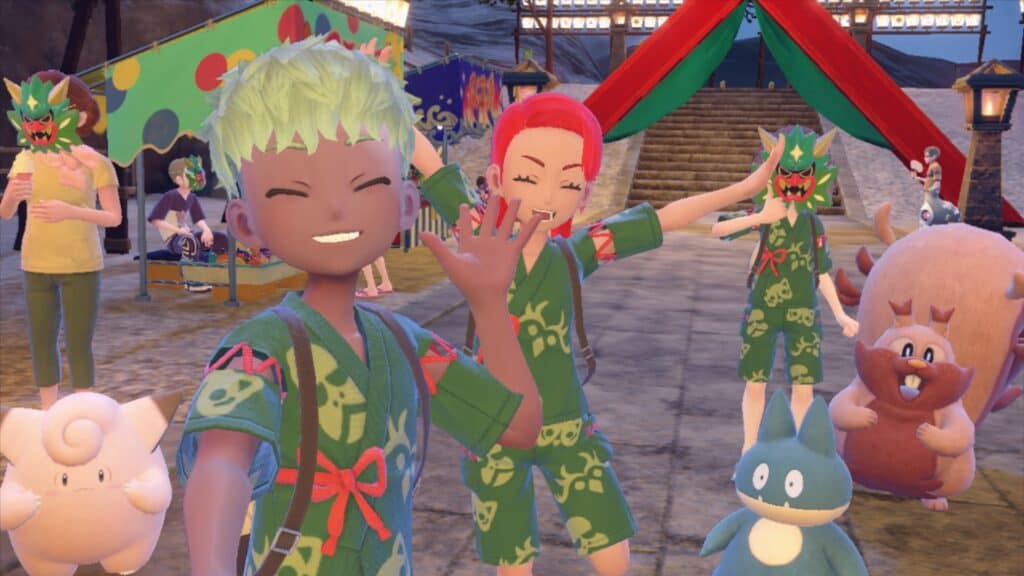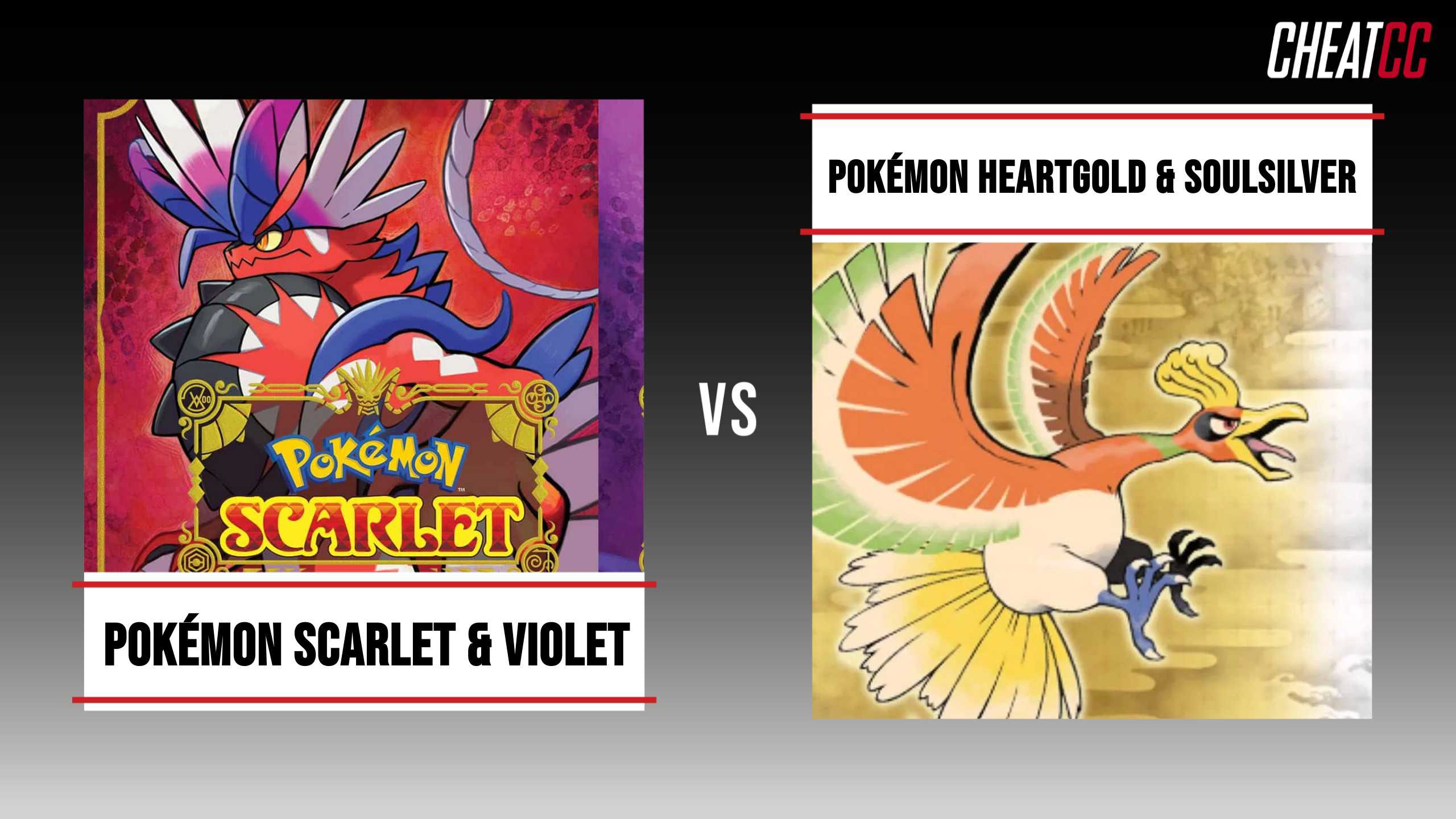The Pokémon series has been entertaining millions of gamers worldwide since the first titles debuted in 1996. The franchise isn’t showing any signs of slowing down, with Pokémon Scarlet and Violet being the latest mainline games to hit the shelves. The series has also seen several remakes of beloved classics, with Pokémon HeartGold and SoulSilver bringing the original Generation II games to the Nintendo DS. If you’re wondering how these two entries stack up, read on to see our full comparison of Pokémon Scarlet & Violet vs. Pokémon HeartGold & SoulSilver.
Pokémon Scarlet & Violet vs. HeartGold & SoulSilver: Release Dates and Platforms
| Pokémon Scarlet & Violet | Pokémon HeartGold & SoulSilver | |
| Platform | Nintendo Switch | Nintendo DS |
| Release date | November 2022 | March 2010 (Western countries) |
Pokémon HeartGold & SoulSilver
Pokémon HeartGold and SoulSilver launched for the Nintendo DS in Japan in September 2009. Localized versions came to North America and Europe several months later, in March 2010. The two games collectively sold more than 12 million copies, ranking them among the best-selling Pokémon games of all time.

HeartGold and SoulSilver are remakes of the classic Pokémon Gold and Silver Generation II games for the Game Boy Color. These remakes reimagined the original content with upgraded graphics and audio while also adding several unique and innovative features:
- Pokémon following: One of the most beloved features of these remakes is the ability for your lead Pokémon to follow you in the overworld.
- Touchscreen functionality: The DS’s touchscreen allows for various stylus actions, such as using the Pokégear. The PokéGear now has a touchscreen interface, making it easier to access features like the map and radio.
- Pokéwalker: Each game came with a Pokéwalker, a pedometer that allowed players to transfer a Pokémon from their game to the device. As you walk, your Pokémon gains experience points and finds items, which you can transfer to the main game.
- Battle Frontier: HeartGold and SoulSilver introduced the Battle Frontier, an advanced facility for challenging elite Trainers that offers a range of challenging battles.
- New Pokémon: While the remakes didn’t introduce entirely new Pokémon or characters, they did bring in some from other regions, most notably the legendary Pokémon Rayquaza, Dialga, and Palkia. These legendaries are available in-game. In total, the games featured 493 Pokémon from the first four generations, including some legendary Pokémon.
- Wi-Fi connectivity: HeartGold and SoulSilver make use of the DS’s Wi-Fi connectivity for trading and battling with other players. This is a significant improvement over the cable-based connectivity of the earlier GameBoy games.
- Safari Zone customization: The Safari Zone now allows players to customize the environment and, to some extent, the Pokémon trainers can find there.
- Redesigned gyms: The Gym Leaders have new teams and strategies, making Gym battles more challenging and engaging.
- Compatibility with the Pal Park: Players could transfer Pokémon from the Game Boy Advance games (Ruby, Sapphire, Emerald, FireRed, and LeafGreen) to HeartGold and SoulSilver via the Pal Park.
These remakes received high praise for their faithfulness to the original games while adding modern improvements and features. They rank among the best in the series, largely because of nostalgic value, the new features, and updated gameplay for the Nintendo DS.
Pokémon Scarlet & Violet
Pokémon Scarlet and Violet are the newest mainline games in the series. Part of the Generation IX games, the pair hit the Nintendo Switch in November 2022. Since then, the games received an expansion pass titled The Hidden Treasure of Area Zero, consisting of two DLC packs. The first, The Teal Mask, came out in September 2023. The second DLC is scheduled to launch in winter 2023.

Pokémon Scarlet and Violet mark a departure from previous titles with a vast open world for players to explore. The region featured in these games is Paldea, which is inspired by the geography and culture of the Iberian peninsula. Scarlet and Violet have sold more than 22 million units worldwide as of August 2023. This makes them the fourth highest-selling entries in the series, although they are likely to climb higher.
The games got off to a rocky start due to technical issues, but these were eventually fixed. Scarlet and Violet nonetheless received praise for new features, including:
- Open-world environment: Scarlet and Violet let trainers explore an expansive open world. Although previous Pokémon games could be considered semi-open-world, the areas in Paldea are seamlessly interconnected with no borders between them. That means fewer loading screens!
- Non-linear progression: Along with the open-world setting, there are also several different routes via which trainers can progress through the games. This gives players more freedom than previous Pokémon games, which tend to be quite linear.
- New Pokémon: These 9th-gen games add 112 new Pokémon to the National Dex, including new regional forms of Pokémon from previous generations. In total, there are 400 attainable Pokémon in Paldea.
- Paradox and Tera Type Pokémon: Along with expanding the Pokédex, Scarlet and Violet introduce time-displaced Paradox Pokémon and Terastal transformations. The Terastallization phenomenon changes a Pokemon’s appearance, types, and special moves, adding new strategic depth to battles.
- New trainer customization: Following the trend of recent Pokémon games, Scarlet and Violet give players more options than ever for customizing their in-game appearance.
- Co-op multiplayer: Trainers can now enjoy multiplayer co-op with up to two of their friends, exploring and journeying through Paldea together.
- Auto-battles: Players have the option to have their Pokémon automatically battle, which speeds things up a bit. Trainers can even send their Pokémon out to fight wild opponents by themselves via the “Let’s Go!” feature. This cuts down on the leveling grind considerably.
Overall, Pokémon Scarlet and Violet were well-received. There’s also no denying that the games knocked their sales figures out of the park. However, many fans and critics felt that technical issues and lackluster graphics held these entries back.
Pokémon Scarlet & Violet vs. HeartGold & SoulSilver: Pros & Cons

HeartGold & SoulSilver pros:
- The games are nostalgic remakes of the classic Pokémon Gold and Silver. They bring trainers back to the Johto and Kanto regions with updated graphics and gameplay.
- These DS remakes introduced features like the Pokéwalker, a day/night cycle, Wi-Fi connectivity, touchscreen functions, and improved graphics and audio.
- Players can explore both the Johto and Kanto regions, effectively doubling the game’s content.
- Trainers can interact with nearly 500 Pokémon from various generations.
HeartGold & SoulSilver cons:
- These games only include Pokémon from the first four generations, leaving out many favorite Pokémon from the later generations.
- The games predate the introduction of Mega Evolutions and Z-Moves, so these features are absent.
Scarlet & Violet pros:
- Players appreciate the open-world setting. Paldea offers seamless travel between urban and rural areas, as well as between different zones of the region.
- The games are less linear than earlier titles, allowing players to take several different paths to complete the storyline.
- Trainers have more options than ever for customizing their in-game avatars.
- Terstallization adds new complexity to battles.
- The auto-battling and Let’s Go features reduce the leveling time considerably, cutting down on Pokémon’s notorious grinding.

Scarlet & Violet cons:
- The games were plagued with technical issues at launch. It was enough of a problem that many players requested refunds. However, subsequent patches largely solved these problems.
- Players were harshly critical of the graphics in Scarlet and Violet. Some of this can be chalked up to the Switch’s mobile hardware, which is almost seven years old now. However, many critics stated that the visuals still felt like a step backward.
- The National Dex is not present in Scarlet and Violet, meaning that trainers cannot catch all 1000+ Pokémon that the series has introduced so far. This was also the case in Pokémon Sword and Shield, a decision that generated controversy among fans.
Pokémon Scarlet & Violet vs. HeartGold & SoulSilver: The Final Verdict
Pokémon Scarlet and Violet are worthy additions (warts and all), but we can’t deny the nostalgic appeal of HeartGold and SoulSilver. We have to give the nod to the DS games. Pokémon HeartGold and SoulSilver are enhanced remakes of two of the most beloved games in the entire series and have become iconic in their own right in the years since their release.
That said, you might not have any way to play HeartGold and SoulSilver, but chances are you’ve got a Switch. If that’s the case, then Scarlet and Violet are worth playing for Pokémon fans. Despite their lackluster graphics, these ninth-gen games offer an expansive open world, co-op multiplayer, and more than 100 new Pokémon.
